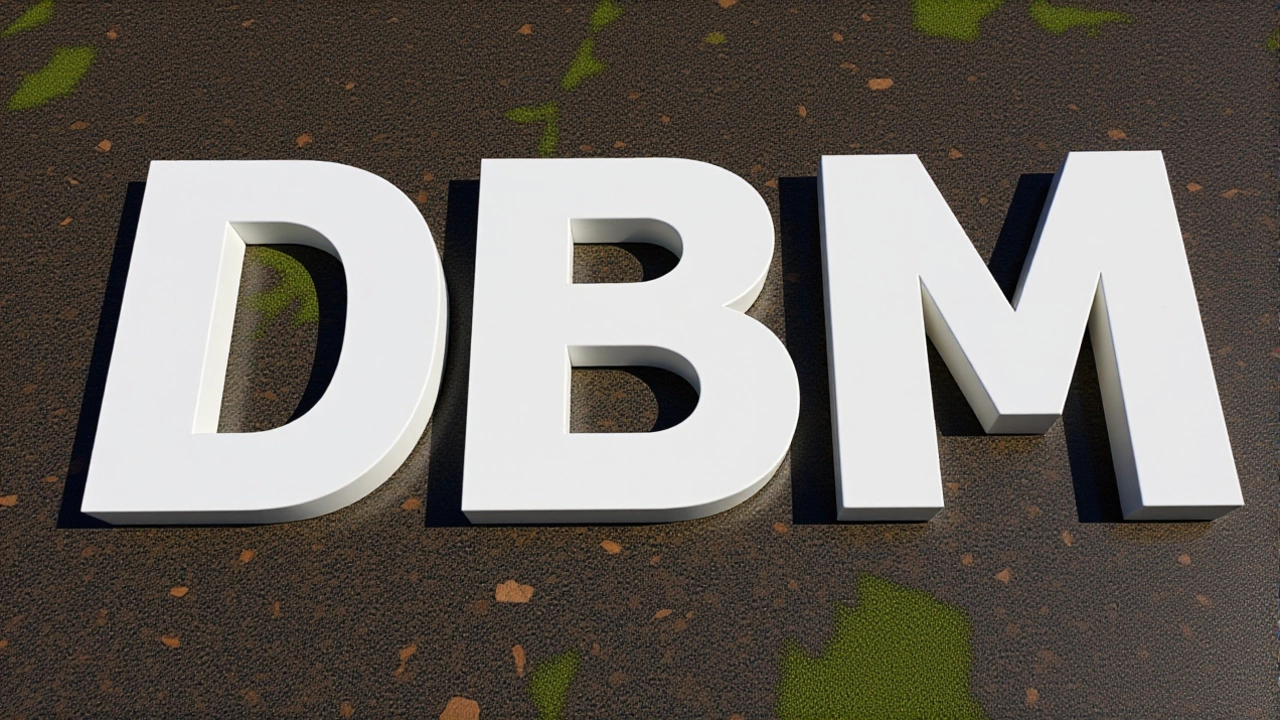On November 12, 2025, at 6:00 AM ET, IBM dropped a quantum bomb: the IBM Quantum Nighthawk processor, a 120-qubit breakthrough designed to push the boundaries of what’s possible before fault tolerance arrives. Unveiled at the company’s Yorktown Heights facility in New York, the announcement wasn’t just another chip drop—it was a roadmap with teeth. And it’s already changing how the world thinks about quantum computing’s timeline.
What Makes Nighthawk Different?
Unlike previous models, Nighthawk doesn’t just add more qubits—it rethinks how they talk to each other. With 218 next-generation tunable couplers arranged in a square lattice, it offers 20% greater connectivity than the Heron processor. That’s not a minor tweak. It means quantum circuits can be 30% more complex without drowning in error rates. The numbers matter: Nighthawk is built to handle up to 5,000 two-qubit gates. By the end of 2026, IBM says, its next iteration will hit 7,500. Then 10,000 in 2027. And by 2028? A staggering 15,000 gates with over 1,000 interconnected qubits. That’s not incremental. That’s exponential.
And here’s the twist: IBM isn’t waiting for perfection. The company is betting that quantum advantage—the moment a quantum computer outperforms the best classical supercomputers on a real-world problem—can be proven before fault tolerance is fully baked. "Our goal has always been to deliver fault-tolerant quantum computers," said Jay Gambetta, IBM Fellow and director of IBM Research, during a briefing on November 7, 2025. "But to go on a path where we’re always delivering our best platform."
The Loon Experiment: Error Correction in Real Time
While Nighthawk is the workhorse, the experimental IBM Quantum Loon is the lab rat that could redefine the game. Loon isn’t meant for commercial use—it’s a blueprint. It integrates advanced qLDPC error correction codes and new physical routing tech that lets IBM detect and decode quantum errors in under 480 nanoseconds. One year ahead of schedule. That’s like finishing a marathon before the starting gun fires.
Why does this matter? Quantum states are fragile. Noise kills them. For years, error correction was the white whale. Now, IBM’s showing it can be done at scale, in real time. That’s the kind of milestone that makes competitors nervous. Especially when you consider that Quantinuum’s Helios and Google’s Willow are still playing catch-up on error rates.
Production Shift: From Yorktown to Albany
Here’s something most headlines missed: IBM moved its primary quantum chip production from Yorktown Heights to the Albany NanoTech Complex in Albany, New York. The result? Development speed doubled. Chip complexity increased tenfold. Parallel design research? Now routine.
This isn’t just a relocation—it’s an industrialization. IBM is no longer tinkering in a lab. It’s building quantum processors like it builds semiconductors. That shift signals a transition from academic curiosity to industrial-scale engineering. And it’s why the company can confidently project Nighthawk’s next iterations through 2028.
Community Validation: The Quantum Advantage Tracker
IBM knows claims without proof are just noise. So it partnered with Algorithmiq, the Flatiron Institute, and BlueQubit to launch an open, community-led quantum advantage tracker. Think of it as a public scoreboard. Researchers worldwide can submit problems, run benchmarks, and verify results. No corporate spin. Just data.
This move is brilliant. It turns skeptics into collaborators. And it forces IBM to deliver—not just promise. The first verified case of quantum advantage? IBM’s targeting December 31, 2026. That’s not a guess. It’s a deadline.
The Roadmap: Kookaburra, Starling, and Blue Jay
What comes after Nighthawk? Kookaburra, expected in 2026, will introduce modular quantum processing units—think LEGO blocks of quantum logic. Then, in 2029, Starling arrives: IBM’s first fault-tolerant quantum chip. And by 2033? The Blue Jay chip, with 2,000 qubits, poised to tackle problems in drug discovery, financial modeling, and advanced materials science that today’s supercomputers can’t even scratch.
Meanwhile, IBM is rolling out Quantum + High-Performance Computing (HPC) integration tools in late 2025. These tools will let Nighthawk work alongside classical supercomputers, creating hybrid systems that solve problems neither could alone. It’s not either/or anymore. It’s both/and.

Why This Matters to Everyone
Quantum computing isn’t just for physicists anymore. It’s for pharmaceutical companies racing to simulate protein folding. For banks modeling market risks. For logistics firms optimizing global supply chains. For climate scientists simulating carbon capture materials. If IBM hits its 2026 target, we’re not just watching a tech milestone—we’re entering a new era of computational possibility.
The race isn’t just between companies. It’s between nations. China’s investing billions. The EU has its Quantum Flagship. The U.S. is betting on IBM and others to lead. And now, with Nighthawk, IBM has drawn a line in the sand: quantum advantage isn’t a dream. It’s a deadline.
Frequently Asked Questions
What does "quantum advantage" actually mean?
Quantum advantage means a quantum computer solves a specific, well-defined problem faster than any classical computer ever could—even the most powerful supercomputers. It’s not about being generally better; it’s about beating classical systems on a real task. IBM’s target is to prove this by December 31, 2026, using the Nighthawk processor on computational workloads with 5,000+ two-qubit gates.
How is Nighthawk different from Google’s Willow or Quantinuum’s Helios?
While Google’s Willow focused on demonstrating quantum advantage using a specific algorithm, and Quantinuum’s Helios emphasizes high-fidelity qubits, Nighthawk is built for scalability and connectivity. Its 218 tunable couplers allow far more complex circuit layouts than competitors’ architectures. Plus, IBM’s roadmap includes a clear path to 15,000 two-qubit gates by 2028—something others haven’t publicly matched.
Why did IBM move production to Albany?
The Albany NanoTech Complex offers 300mm wafer fabrication capabilities, which IBM previously lacked. This shift doubled development speed and increased chip complexity tenfold. It’s the difference between handcrafting prototypes and mass-producing reliable hardware—critical for hitting aggressive deadlines like the 2026 quantum advantage target.
When will quantum computing affect everyday life?
Not immediately. But by 2030, we could see quantum-enhanced drug discovery accelerating new treatments, or quantum-powered financial models reducing systemic risk in markets. The first real-world impact will likely come in materials science—designing better batteries or catalysts. IBM’s 2029 fault-tolerant chip, Starling, will be the tipping point for commercial adoption.
Can I access the Nighthawk processor now?
Yes—but only through IBM’s cloud-based IBM Quantum Platform. Researchers and developers can request access starting December 31, 2025. The platform offers both hardware access and simulation tools, making it the most widely used quantum computing service globally.
Is IBM’s 2026 quantum advantage target realistic?
It’s aggressive, but credible. IBM’s track record with Heron and Eagle processors shows consistent progress. The Loon processor’s error correction breakthrough, combined with the community-driven tracker, adds transparency and accountability. If the math holds and error rates stay low, December 31, 2026, is achievable. If not, it still pushes the entire field forward.




